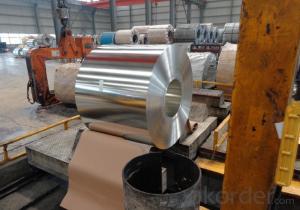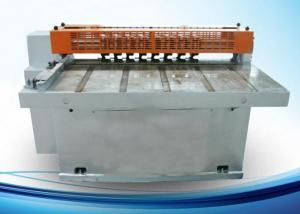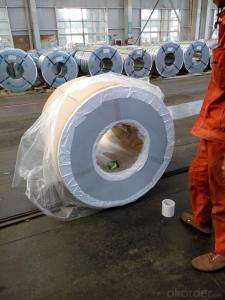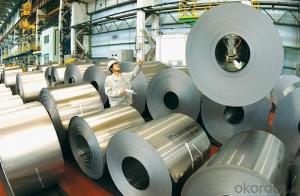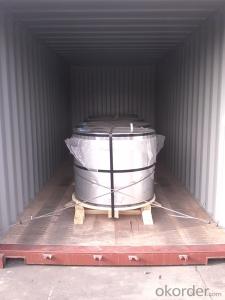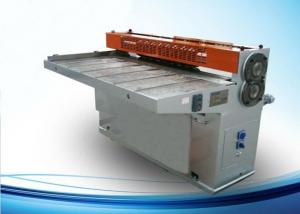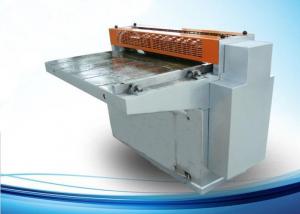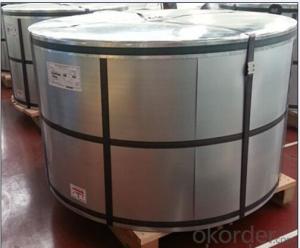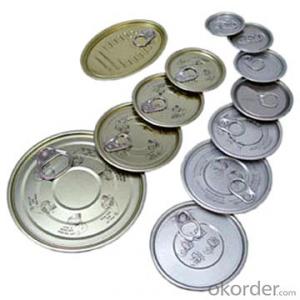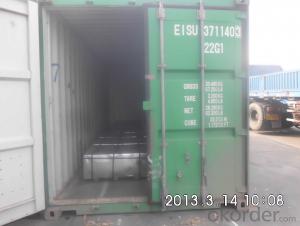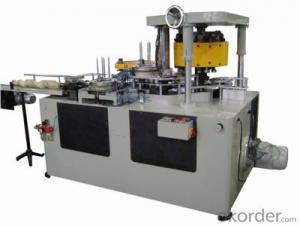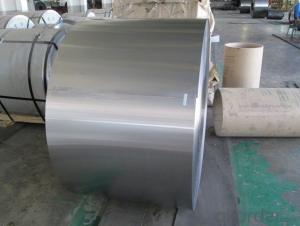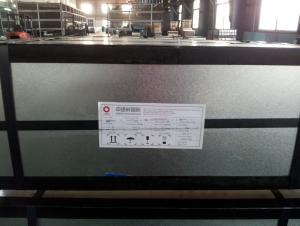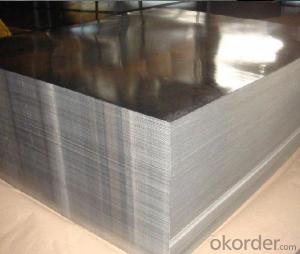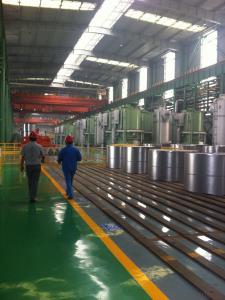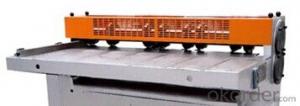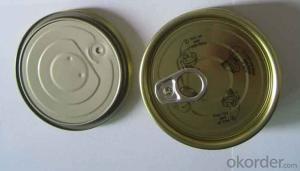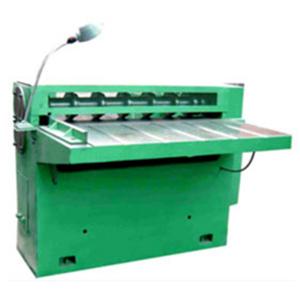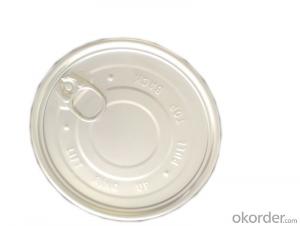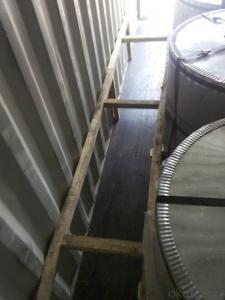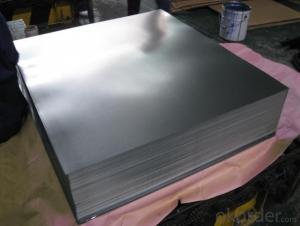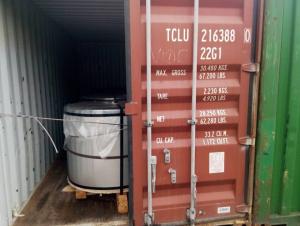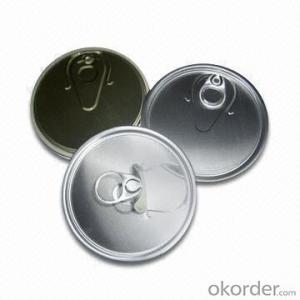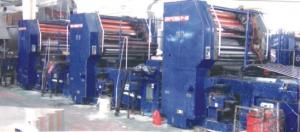Tinplate Lids
Tinplate Lids Related Searches
Tinplate Tins Tinplate Pails Tinplate Products Lacquered Tinplate Printed Tinplate Tinplate Cans Tinplate Layout Tinplate Coating Tinplate Printing Printing Tinplate Tinplate Cover Tinplate Sheets Tinplate Food Packaging Tinplate Recycling Tinplate Collectables Tinplate Packaging Tinplate Containers Buy Tinplate Tinplate Uk Tinplate China Tinplate Screener Tinplate Projects Envases Tinplate Tinplate Conyers Tinplate Products Ltd Tinplate Material Tinplate Factory Tinplate Can Tinplate Share Tinplate ProductionTinplate Lids Supplier & Manufacturer from China
Tinplate Lids are a type of packaging solution that are widely used for various products, including food, beverages, and other consumer goods. These lids are made from a thin sheet of steel coated with a layer of tin, providing a durable and protective barrier for the contents within. The material's properties ensure that the lids maintain their shape and integrity, while also offering a degree of flexibility to accommodate different container shapes and sizes.Tinplate Lids are commonly used in the packaging industry due to their versatility and effectiveness in preserving the freshness and quality of the products they cover. They are particularly popular for applications such as canned foods, where airtight seals are crucial for maintaining product quality and preventing spoilage. Additionally, these lids can be used for beverages, ensuring that the contents stay fresh and uncontaminated. The usage scenarios for Tinplate Lids are vast, ranging from household products to industrial applications, making them an essential component in many supply chains.
Okorder.com is a leading wholesale supplier of Tinplate Lids, boasting a large inventory to cater to the diverse needs of various industries. As a reliable source for these essential packaging components, Okorder.com ensures that customers have access to high-quality products at competitive prices. With a commitment to customer satisfaction and a focus on providing the best possible service, Okorder.com stands out as a trusted supplier for Tinplate Lids in the global market.
Hot Products

